|
|
|||
|
(Back to Preceding Week; on to Next Week) |
|
2009 SIGNS OF SPRING Here at Hilton Pond Center we start thinking seriously about spring around the Ides of March--the 15th of the month. That's when we're typically teased by consecutive days of crystal clear skies with temperatures in the low- to mid-70s. And each year on 20 March we reach the Vernal Equinox, after which precious minutes of daylight begin to increase. Lest we get too comfortable thinking of spring, however, there's always the threat of a late March snowstorm or sub-freezing temperatures that wipe out Peach blossoms and bankrupt local farmers. That didn't happen this year during the second half of March, although we did get nearly a solid week of dark and dreary days--accompanied by a couple of inches of precipitation that fell on already saturated soil. When wet stuff wasn't coming down in buckets we had hour after hour of what we call "spit rain"--just enough drizzle to prevent us from taking our camera out to document spring's arrival. Fortunately, the rains eventually went intermittent and allowed us to take a few photos for our 2009 edition of "Signs of Spring"--mostly plants and their parts but also a bird more associated with winter than with spring's arrival.
All text & photos © Hilton Pond Center In spring here at Hilton Pond Center we like to keep a close eye on our Flowering Dogwoods, Cornus florida. As dogwood's tender leaves begin to open, its floral buds also burst. However, what most folks think are white petals on a dogwood are actually bracts--modified leaves that all winter protect the multiple blossoms within. In the photo above the four bracts are pale green, like more typical leaves; before their chlorophyll dies and these bracts turn white, food they make through photosynthesis likely gives a burst of energy to the central cluster of green, grape-like flower buds. These buds soon will open and reveal the pistil and pollen-bearing stamens that enable the dogwood to make its familiar red berries.
All text & photos © Hilton Pond Center In spring, the leaves of many trees at Hilton Pond Center start out being some color other than green. There is chlorophyll within each leaf's cells, but often it is masked by an abundance of xanthocyanin. This red pigment serves to block ultraviolet rays that might otherwise damage tender green growth. As the leaf matures chlorophyll becomes more abundant, in turn masking the red pigment that is not seen again until the chlorophyll dies and fades away in autumn. The xanthocyanin phenomenon is illustrated above in tiny, inch-long leaves of White Oak, Quercus alba, and below by Red Maple, Acer rubrum.
All text & photos © Hilton Pond Center
All text & photos © Hilton Pond Center Although we would prefer all our plants at Hilton Pond Center be native species, there are a few exotics we tolerate and even appreciate. Among these are several European Pears, Pyrus communis, that undoubtedly got planted decades ago when local farmers snacked on the fruit and cast aside the cores. The seeds sprouted and today we have several mature Pear trees scattered around the property. Most are tall and rather spindly with delicate white flowers up in the subcanopy where they can't be seen. One Pear, however, grows on the edge of a small meadow and blossoms at just the right height for us to take photos--and eventually for deer to browse on the tree's sweet, juicy pome. Pear flowers (above) look much like those of many other fruit-producing plants such as Blackberry, Apple, Strawberry, and Plum. etc. That's no coincidence because they're all related and in the same family, the Rosaceae.
All text & photos © Hilton Pond Center One of our first spring wildflowers at Hilton Pond Center--blooming sometimes as early as mid-February--is the bright red Trumpet Honeysuckle, Lonicera sempervirens. Its species epithet means "always alive," referring to being an evergreen vine (those are last year's leaves in the photo above)--an adaptation that may allow for such early blooming. The shape and color of this eastern wildflower imply Ruby-throated Hummingbirds are its principal pollinator, so we suspect any blossoms that open in February or March simply whither away because our hummers typically arrive the first week in April. Trumpet Honeysuckle has little to fear, however, since it flowers into May and sometimes again in autumn--which allows the mother vine plenty of time to get pollinated and pass on her genes.
All text & photos © Hilton Pond Center One of our favorite native shrubs at Hilton Pond Center is Strawberry-bush, Euonymus americana, identifiable even in winter by stems that are green all the way to the ground. Come spring the plant's terminal buds open to produce new leaves; curiously, the flowers emanate from the leaf axils (above), where they are cradled for a time by the leaves themselves. As the blossoms are pollinated they yield red fruits reminiscent of strawberries--hence the shrub's common name. Regretfully, our ever-growing local population of White-tailed Deer has taken a liking to our Euonymus, so the shrubs seldom make fruit anymore.
All text & photos © Hilton Pond Center In spring we also never tire of looking at several patches of Blue Violets, Viola sororia, especially because half the blossoms are an eye-pleasing blue-veined variety (above) called "Confederate Violet" or "Woolly Blue Violet." This five-petalled native plant was quite scarce at Hilton Pond Center when we first arrived in 1982 but now occurs in several big beds around the property--thanks to its ability to propagate by seed and from the roots. Flowers and leaves from this plant are edible, but we'd rather photograph than eat them.
All text & photos © Hilton Pond Center Sweetgum, Liquidambar styraciflua, is probably our most plentiful tree species at Hilton Pond Center. This fast-growing hardwood--whose wood is actually pretty soft--was one of the first tree species to show up after we quit cutting grass that covered most of the 11-acre property 27 years ago. The end of each Sweetgum twig bears a brown terminal bud (above) that eventually opens to reveal leaves and flowers. On this twig you can also see crescent-shaped leaf scars from last year, plus two sets of bud scale scars--thin rings that encircle the twig at its base and further toward the tip. Also visible on the main twig are several flattened "wings," irregular corky protuberances thought to increase surface area and thereby enhance gas exchange.
All text & photos © Hilton Pond Center As we looked for signs of spring this week at Hilton Pond Center, we were delighted to come across a one-inch white flower with delicate pink lines along its veins. We'd never seen this blossom before at the Center but recognized it as Spring Beauty, Claytonia virginica. We're not sure how this native wildflower suddenly appeared this March in our backyard but suspect it may have arrived in pots of other native plants donated to the Center in years past. Spring Beauty seed could have been lying dormant in the potting soil, waiting patiently to sprout when conditions were just right. Because the Center was an old farm that was heavily plowed and grazed for perhaps a century we're skeptical Spring Beauty was here all along, but no matter its source we're happy to add this new species to our list of native herbaceous plants at Hilton Pond.
All text & photos © Hilton Pond Center As we conducted a trap check shortly after lunch on 31 March, we were a bit surprised to see we had captured a bird we wouldn't expect to snare using cracked corn and white millet as bait. At first glance the bird looked like one of those rufous-colored Fox Sparrows that would be more likely in a trap, but a closer view of the bird's rusty tail, spotted breast, and bill shape (see photos above and below) told us we'd captured a Hermit Thrush instead. This species is the only one of the so-called "spot-breasted thrushes" (including Swainson's, Gray-cheeked, and Wood thrushes, plus the Veery) that occur at Hilton Pond Center and elsewhere in the Carolina Piedmont during cold weather months--even though Christmas Bird Count participants sometimes mis-report Hermit Thrushes as one of the other four Neotropical migrants. In winter the Hermit Thrush is mostly a berry eater, but it certainly wouldn't turn down any insect encountered while rooting among leaf litter on the forest floor. We suspect our late March Hermit Thrush--which soon should be on its way north to breeding grounds in New England or Canada--was in our trap simply looking for insects that may have been attracted to that corn and millet we scatterd as bait.
All text & photos © Hilton Pond Center Terminal buds bursting, tender reddish leaves emerging, a new wildflower species showing up, and a bird with rusty tail--all (more or less) part of the 2009 "Signs of Spring" at Hilton Pond Center. We hope YOU'RE out and about documenting similar vernal happenings wherever YOU happen to live. All text & photos © Hilton Pond Center
Comments or questions about this week's installment?
Thanks to the following fine folks for recent gifts in support of Hilton Pond Center for Piedmont Natural History and/or Operation RubyThroat: The Hummingbird Project. Your tax-deductible contributions allow us to continue writing, photographing, and sharing "This Week at Hilton Pond." (Please see Support if you'd like to make a gift of your own. You can also contribute by ordering an Operation RubyThroat T-shirt.)
"This Week at Hilton Pond" is written & photographed You may wish to consult our Index of all nature topics covered since February 2000. You can also use our on-line Hilton Pond Search Engine at the bottom of this page. For a free, non-fattening, on-line subscription to |
|
Make direct donations on-line via
Network for Good: |
|
|
Use your PayPal account
to make direct donations: |
|
|
If you like to shop on-line, you please become a member of iGive, through which more than 750 on-line stores from Barnes & Noble to Lands' End will donate a percentage of your purchase price in support of Hilton Pond Center and Operation RubyThroat. For every new member who signs up and makes an on-line purchase iGive will donate an ADDITIONAL $5 to the Center. Please sign up by going to the iGive Web site; more than 200 members have signed up to help. It's a painless, important way for YOU to support our on-going work in conservation, education, and research. |
|
|
SPECIES BANDED THIS WEEK: * = New species for 2009 WEEKLY BANDING TOTAL 11 species 127 individuals YEARLY BANDING TOTAL (2009) 17 species 731 individuals 28-YEAR BANDING GRAND TOTAL (since 28 June 1982, during which time 170 species have been observed on or over the property) 124 species 52,613 individuals NOTABLE RECAPTURES THIS WEEK (with original banding date, sex, and current age) American Goldfinch (5) Chipping Sparrow (7) Northern Cardinal (3) Purple Finch (1) White-throated Sparrow (2) Mourning Dove (1)
|
OTHER NATURE NOTES OF INTEREST --A Chipping Sparrow recaptured on 15 Mar was of special interest because we banded it with long-time friend Jim Shuman when he visited Hilton Pond in mid-March 2007. A second chippie banded in 2004 is now more than six years old. --A Mourning Dove banded on 22 Dec 2006 was an after 3rd year bird when recaptured on 20 Mar 2009. This doesn't seem old by comparison to the 5th year Purple Finch or after 5th year Chipping Sparrow recaptured this week (see list at left), but when you consider doves are game animals in South Carolina they have legal hunting as an impediment to longevity. To date, four Mourning Doves from Hilton Pond Center have been shot and reported by hunters--all within York County and three within six months after banding.
|
|
|
|
(Back to Preceding Week; on to Next Week) Up to Top of Page Back to This Week at Hilton Pond Center Current Weather Conditions at Hilton Pond Center |
 You can also post questions for The Piedmont Naturalist |
Join the |
Search Engine for |
|
|
Internet Florist

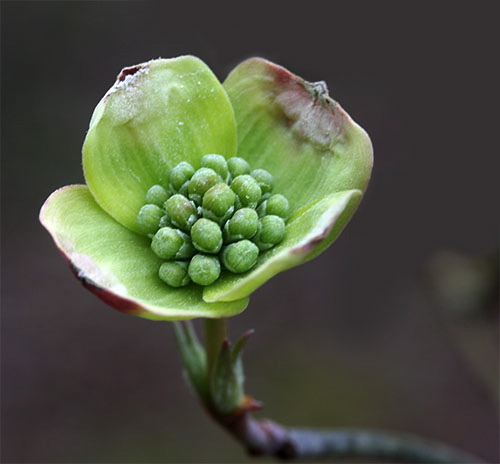
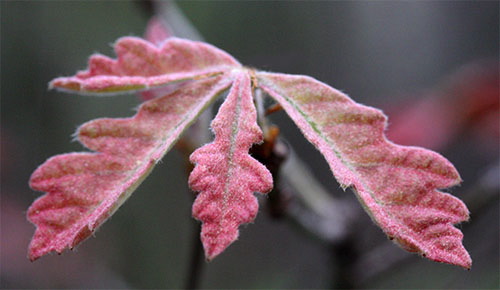
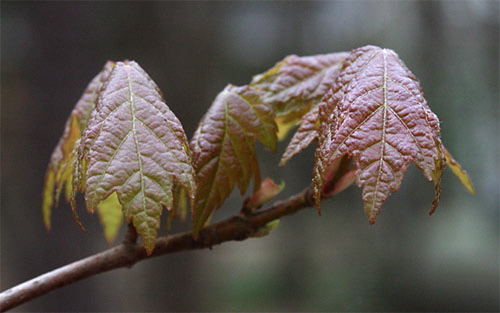
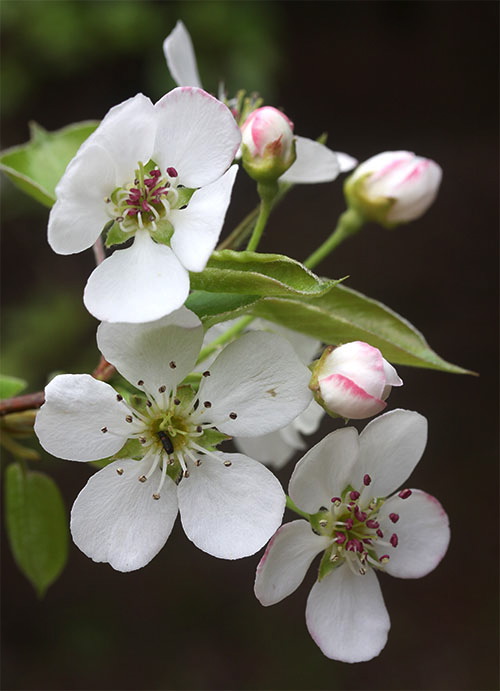
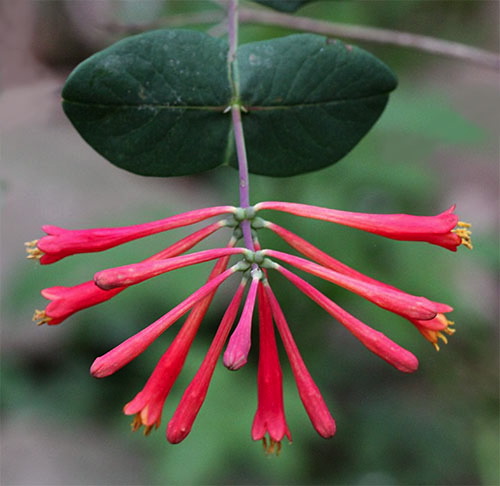
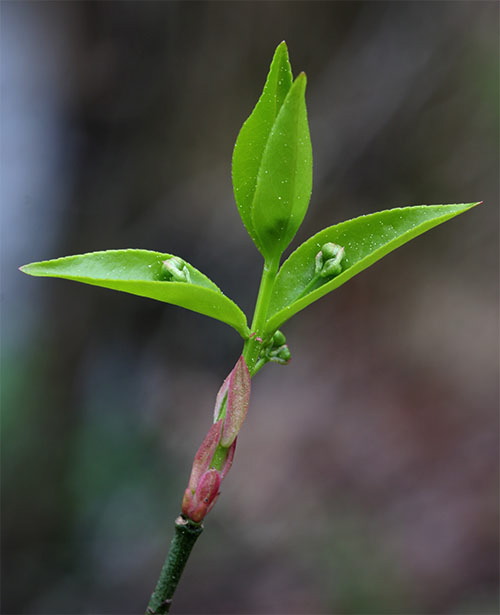
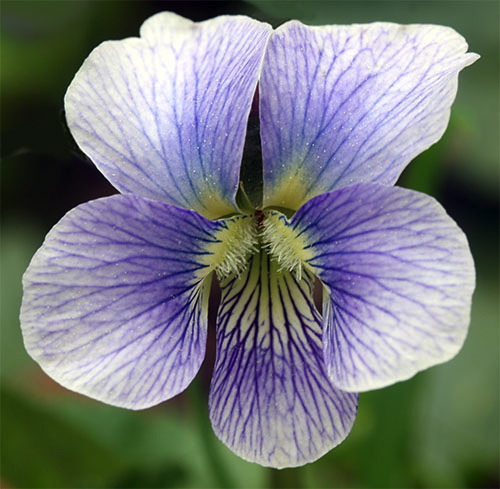
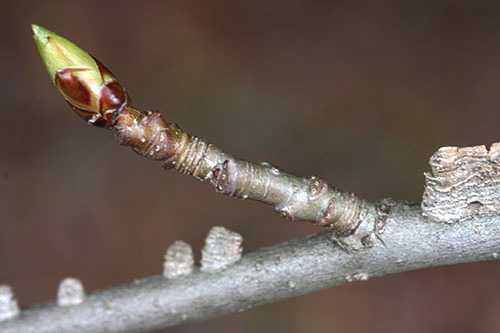
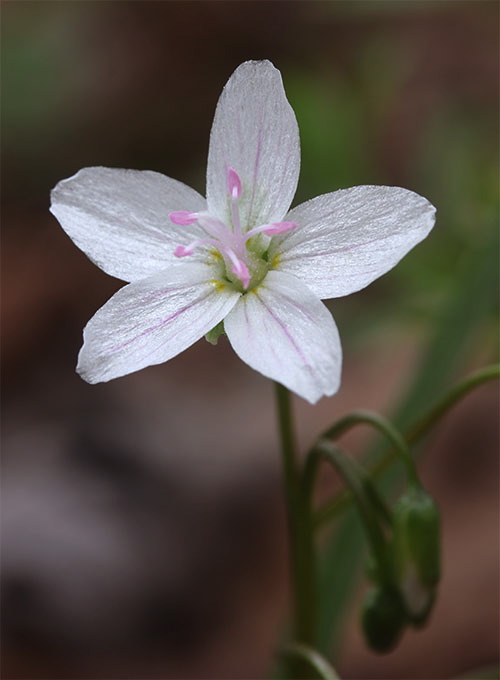
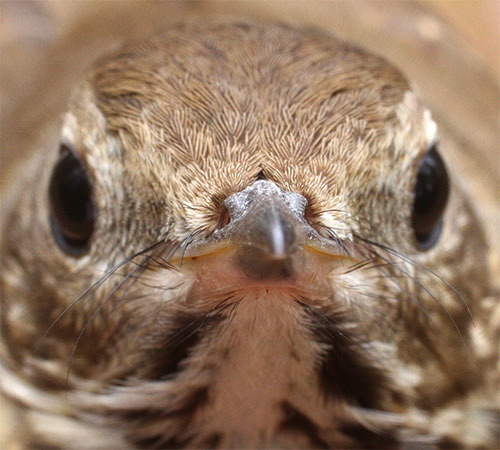
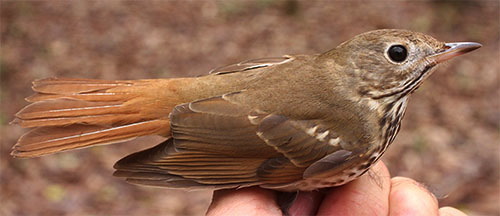


 Oct 15 to Mar 15:
Oct 15 to Mar 15: